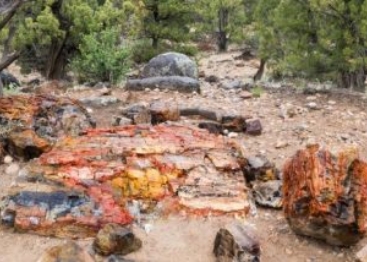10 Fascinating Archaeological Theories About Ancient Civilizations
When you think of archaeology, you might picture thrilling adventures like Indiana Jones, but the reality is often far less glamorous. Day in and day out, archaeologists spend hours meticulously brushing away dirt from artifacts, many of which might seem insignificant at first glance. Yet, it’s this painstaking work that has sparked our collective imagination, fueling countless fantasy stories and heated debates about ancient civilizations.
What makes their work truly fascinating isn’t just the artifacts themselves but the stories they help uncover. These discoveries give us a glimpse into what life might have been like thousands of years ago. Some findings confirm what we already suspected, while others challenge our assumptions, leading to theories that are as intriguing as they are mysterious.
For instance, take the ancient city of Çatalhöyük in modern-day Turkey. Archaeologists have uncovered evidence of a society that thrived without streets or doors—homes were accessed through rooftops! Or consider the Antikythera mechanism, an ancient Greek device often called the world’s first computer. These discoveries don’t just tell us about the past; they make us question how advanced these civilizations really were.
While the daily grind of archaeology might not always be thrilling, the big picture is nothing short of extraordinary. It’s a field that bridges the gap between science and storytelling, offering us a window into worlds we can only begin to imagine. And who knows? The next big discovery might just rewrite history as we know it.
10.The Aztecs Sacrificed Countless People Due To A Protein Shortage
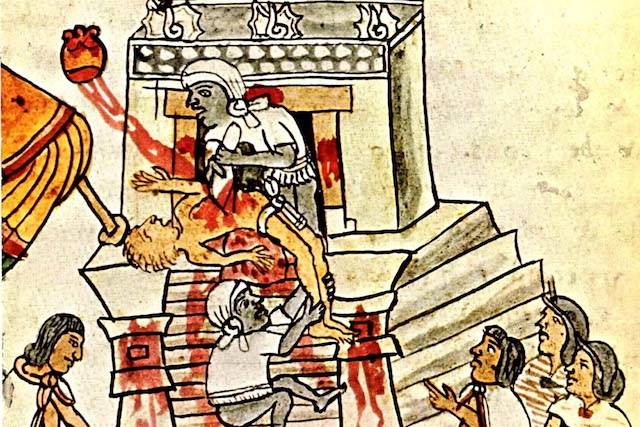
The Aztecs are often associated with human sacrifice and cannibalism, but the reasons behind these practices have sparked some fascinating debates among scholars. One of the most controversial theories comes from anthropologist Michael Harner, who suggested that cannibalism might have been driven by more than just religious beliefs. Harner argued that as the Aztec population grew, the availability of wild game for protein decreased. Relying solely on maize and beans for essential nutrients would have required massive amounts of food, which wasn’t always practical. During times of famine, even nobles were said to have sold their children into slavery to survive. Harner proposed that the lower classes might have turned to warfare to capture prisoners, who were then sacrificed and consumed in blood rituals as a source of protein. It’s a grim but intriguing idea that ties survival needs to religious practices.
However, not everyone agrees with this theory. Anthropologist Bernard Ortiz De Montellano offers a different perspective. He points out that most cannibalistic rituals occurred during harvest celebrations, not during famines. The cities where these sacrifices took place were often large and well-supplied, receiving food tributes from surrounding areas. Montellano argues that the act of consuming sacrificial victims was deeply symbolic—it was about absorbing the divine essence of the gods, not about filling a protein gap. In fact, he notes that there’s no official Aztec literature linking cannibalism to nutritional needs. Instead, it was a sacred act, tied to their spiritual worldview.
Both theories offer compelling explanations, but they highlight how complex and layered Aztec society was. Whether driven by survival or spirituality, these practices reveal a culture that was deeply interconnected with both the physical and the divine. It’s a reminder of how different societies can find unique—and sometimes shocking—ways to address their needs and beliefs. If you’re into history or anthropology, this is one of those topics that’s equal parts fascinating and unsettling, perfect for sparking some deep conversations!
9.The City Of Pavlopetri Was The Fabled Lost City Of Atlantis

In 2009, a group of Anglo-Greek marine geologists and archaeologists went to work to survey a promising area off the Southern Peloponnese that more primitive technology had suggested was a hotspot for discovery some 40 years earlier, and they made an amazing discovery. They found the ruins of an ancient city, mostly intact, that had sunk beneath the sea floor about 5,000 years ago, during the days of Homer’s epic legends.
The researchers believe it could have sunk due to a tsunami, earthquake, or both, somewhere around 1000 BC, leaving it resting below the waves for future discovery. While mapping it with modern digital technology they discovered 9,000 square meters of new buildings, and a very large Megaron, which was a structure used by elites for public gatherings, suggesting the city was used by important members of Mycenaean society. Due to the time period to which the city is dated, how quickly it disappeared beneath the waters, and the potential elite status of its inhabitants, some have suggested it could have been the fabled lost city of Atlantis.
8.Noah’s Story Was An Allegory For Survivors Of A Really Bad Local Flood

Even those who aren’t Christian are well aware of the story of Noah’s Ark, and his quest to save two of every animal from a great flood that would encompass the entire earth. But Noah’s was not the only similar story. The epic of Gilgamesh, the Qur’an, and many others have a story of an all-encompassing flood in which people had to go to great lengths, often using boats to survive. Now, while stories about bad local floods, or even allegorical stories of worldwide floods, are not confined to one area, there is a very large concentration of them coming from Ancient Mesopotamia — which is now modern-day Iraq.
This has caused researchers to consider whether the stories could have been allegories about a really bad local flood. While the geological record of the earth does not support a global flood, the geological record of Iraq does support the possibility of a bad flood, or even floods, back in the days of Ancient Mesopotamia. This flood (or floods) could have drowned many, destroyed their homes, and taken months to properly recede due to the geography of the area. With no internet or telephones to check outside their area, and all their known geography flooded, they wrote stories of the entire world being lost beneath a catastrophic deluge because as far as they knew, their entire world was flooded.
7.Contrary To Recent Popular Belief, Some Christians May Have Been Thrown To Lions
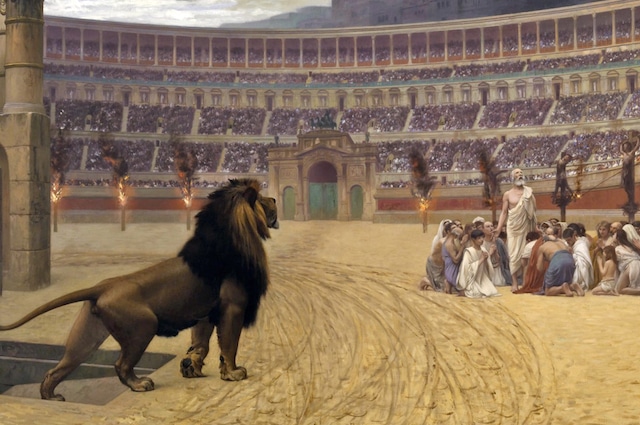
It used to be accepted that Christians, and many other malcontents, were thrown to the lions during the days of the Romans and it was believed to be a fact. Now, many historians and debunkers have told you that it isn’t true and that there is not a single corroborating text that states Christians were thrown to lions. However, the Romans didn’t always keep the best records.
During the early era of the Christian Church, when many Christians were being executed, throwing people to the beasts was a popular method of execution. This method involved all kinds of animals including lions, and one text tells of a Priest called Saturas, whom they first tried to kill with a boar, then with a bear, and then finally finished off with a leopard. As for the crueler Roman Emperors, Nero was known to cover Christians in animal skins before throwing them to the dogs. Now, as we stated, there is no extant evidence of lion-on-Christian action, but considering how popular it was to throw people to the animals, it would seem more like a bizarre accident than anything if they never got their chance to sink their teeth into any early Christian flesh.
6.Spartan Warriors Were Not That Amazing, It Was Mostly Propaganda
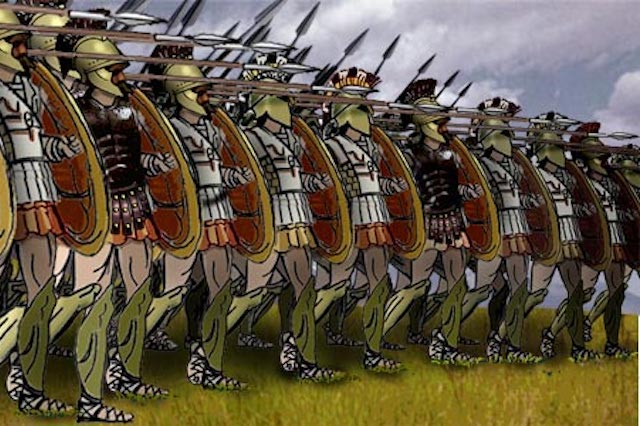
The Spartan reputation today is such that many still see them as the epitome of the most fearsome and powerful warrior. However, the truth is that much of what we think about the Spartans may have been nothing more than propaganda by the Greek historian Herodotus, and much of it from the Spartans themselves.
The Spartan state had a population of slaves known as helots that consisted, at any given time, of a much larger percentage of the population than the free Spartans themselves, and the Spartans felt fear was a good way to keep people in line, which only worked for a time as the helots did ultimately successfully rebel.
Now, when it comes to the facts, the Spartan won-loss record in battle was a little under 50%, which for warriors with such a reputation, is pretty bad. There is still some reason to believe that Spartans had slightly better unit organization and that many of their regular troops were slightly above the regular Greek average in terms of skill, but not to any amazing level. Further, individual skill only mattered for so much, as most battles back then consisted mainly of forming into a phalanx and smashing your soldiers into your enemy counterparts.
5.Scientists Have New Evidence Of City-States Dotting The Maya Lowlands
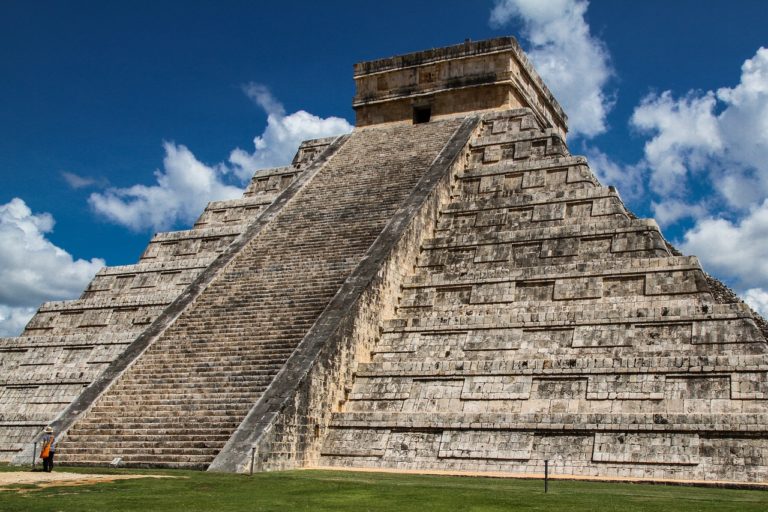
In 2016, something extraordinary happened in the world of archaeology. Surveyors flew over the remnants of the Ancient Maya Empire, armed with laser imaging technology, and mapped a staggering 830 square miles of ruins—an area bigger than the entire island of Maui. What they discovered didn’t just confirm an old theory; it completely revitalized it, leaving researchers in awe. For years, many archaeologists had believed that the Maya, with their complex economic and social systems, had built a network of interconnected city-states across the Maya Lowlands. But without solid evidence, this idea had started to lose traction. That is, until the lasers came into play.
The results were nothing short of breathtaking. The imaging revealed over 60,000 previously unknown sites of interest, painting a vivid picture of Maya life. Among the findings were 60 miles of causeways, roads, and canals that linked cities together, proving that the Maya were masterful engineers. They also uncovered large-scale maize farms, houses ranging from modest to grand, and even defensive fortifications, hinting at conflicts along the western edges of their territory. Suddenly, the Maya weren’t just a collection of isolated cities—they were a thriving, interconnected civilization with a level of sophistication that rivals many modern societies.
This discovery has opened up a treasure trove of new research opportunities, giving archaeologists a fresh perspective on how the Maya lived, worked, and defended themselves. It’s also a powerful reminder of how advanced ancient civilizations could be, often surpassing what we might expect from people living thousands of years ago. If you’ve ever wondered how much we still have to learn about the past, this story is a perfect example. It’s fascinating, mind-blowing, and a little humbling—proof that even with all our modern technology, the ancient world still has secrets to reveal.
4.Are The Hanging Gardens Of Babylon Myth, Or Were We Looking In The Wrong Place?
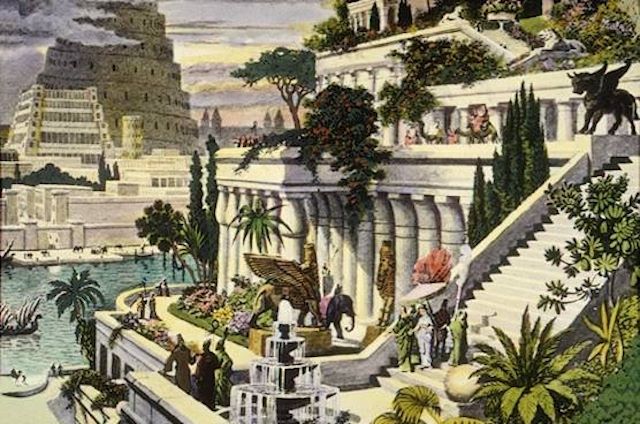
The ancient stories tell of the Hanging Gardens of Babylon, built by King Nebuchadnezzar II for his wife Amytis, because she missed the lush gardens of her native lands. They were said to have flowing waterfalls and all types of vegetation, with wonderful aromas of various plants wafting through the air — a magical oasis, in the middle of the desert. Now, the problem is that no evidence has ever been found in the site where Babylon once lay, and all records about it are after-the-fact stories, so some historians have started to believe it is nothing more than a historical mirage in the desert.
However, Dr. Stephanie Dalley, a research fellow at the Oriental Institute of England’s Oxford University, believes that the only reason we have not found evidence of its existence is because we are looking in the wrong place. According to Dr. Dalley, who is an expert at reading ancient Mesopotamian texts, the Hanging Gardens were actually built in nearby Nineveh by King Sennacherib. Now, this is something that archaeological evidence backs up, as the ruins of Nineveh (Mosul in modern-day Iraq) have remnants of an aqueduct system, artwork depicting lush, hanging gardens, and an inscription from Sennacherib bragging about how he had managed to bring water a long distance.
3.Homer’s Epics Iliad And Odyssey Were First Written Down By A Woman

Homer’s Iliad and Odyssey combine to create one of the greatest epics of all time, but for all the cultural importance they have had over the years, we know precious little about their actual origination. This is largely because Homer remains a pretty big mystery to historians, other than his being an ancient bard who didn’t actually put pen to paper himself. That second part is quite normal, of course, as most Ancient Greek legends were passed down through oral storytelling and embellished over time.
The bigger question for many historians is who really transcribed them. Andrew Dalby, the author of “Rediscovering Homer” suggests that it was a woman who finally recorded the stories for posterity. He theorizes that because being a public poet and getting to put on a live performance was a male’s job, they wouldn’t want to give up that position for a long slog writing down a poetic epic, especially since it was unlikely to net them much of a return. He suggests that a rich backer, who would have had to buy all the necessary goatskin, had a woman pen the epics anonymously.
2.Permanent Human Settlements May Have Predated Ancient Agriculture
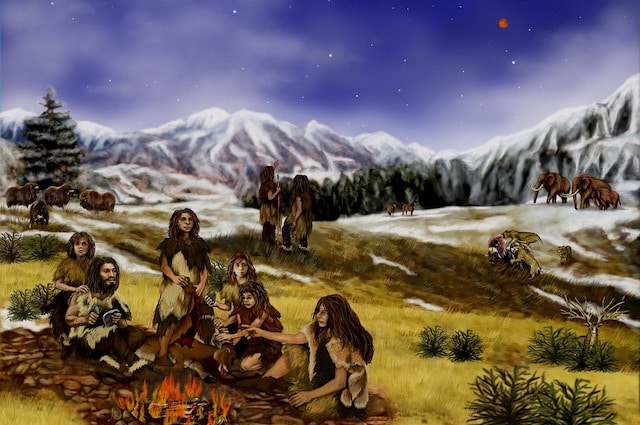
One of the most commonly accepted pieces of wisdom when it comes to the rise of human civilization, is that humans only formed communities after they created agriculture, which they did as a necessity. In other words, the human community only exists because we had to stop being nomadic hunter-gatherer raiders who clubbed each other to death over territory, and settle down and grow food instead. However, recent evidence has not only put that theory into question but almost entirely overturned it, at least as any kind of absolute truth. Archaeologists have found evidence of permanent human settlements from hunter-gatherer tribes in the area that is now Israel and Jordan, some dating as far back as 14,000 years ago.
This suggests that the idea that humans could only come together and stop being loosely connected tribes of a few nomadic hunters (at best) when they had no choice but to work together is nothing more than hokum. Humans are social creatures who generally like being around other humans, and would want to have their company to enjoy whether they needed that arrangement for efficient resource management or not.
1.Ancient Native Americans Burned Down Many Trees In The Plains States
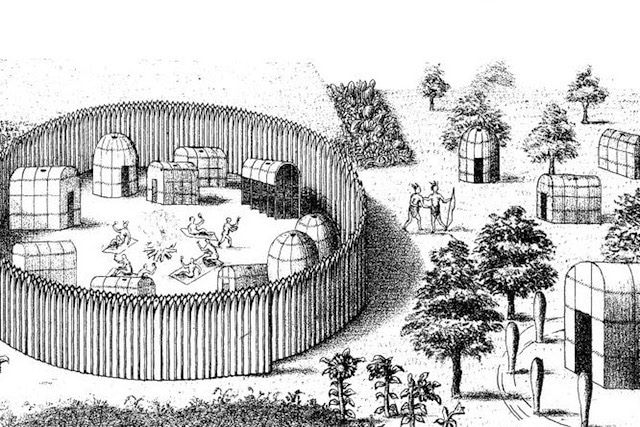
If you’ve ever driven through the Great Plains of the United States, you might have noticed something unusual: the near absence of trees. This vast, open landscape of endless grasslands puzzled early settlers so much that many believed the area was unfit for farming. Some even risked treacherous journeys to places like Oregon, convinced the plains were a lost cause. But here’s the twist—long before Europeans arrived, the Great Plains might have looked very different. In fact, there’s evidence suggesting they were once covered in dense forests. So, what happened?
The answer isn’t straightforward, but there are a few intriguing theories. For starters, the Great Plains, while not exactly dry, are more prone to temporary droughts compared to surrounding regions. This makes the area vulnerable to wildfires, especially when you factor in the frequent lightning strikes that ignite them. These fires could spread rapidly, racing across the land at speeds of 15-20 kilometers per hour, leaving little in their wake. Then there’s the role of Native Americans, who were known to intentionally burn trees to create better grazing land for wild animals. This practice, while practical for their way of life, likely contributed to the transformation of the landscape.
What’s still unclear is how much of an impact each of these factors had. Were the lightning strikes the main culprit, or did human activity play a larger role? We may never know for sure. What we do know is that the Great Plains were dramatically altered, leaving us with the iconic, treeless expanse we see today. It’s a fascinating reminder of how natural forces and human actions can shape the world around us, often in ways that are hard to imagine centuries later. So, next time you’re crossing the plains, take a moment to picture what might have been—a lush, forested land that time and nature have since rewritten.
















